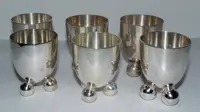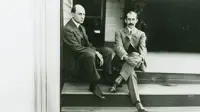The road to automobile innovation: Henry Ford
By Aniket Gupta | 19 Feb 2024

Automobiles, the preserve of the very rich when they were first introduced in the first decades of the 20th century, and for many decades afterward, have now become a part of our daily lives, emerging as indispensable companions. Some many inventors and entrepreneurs contributed to the development of this industry; but one stands out – Henry Ford.
Birth and upbringing of Henry Ford
Henry Ford was born on 30th July 1863 in Springwells Township, Michigan, USA. His parents, who were immigrant farmers, were comfortable financially. A young Henry Ford never took any liking to farm work, as he thought it was repetitive, physically taxing, and isolating. He would often wander off, leaving farm work, and start tinkering with small machines such as clocks. Then his parents bought him a workbench, and the young Henry began doing all kinds of experiments with his tools – until one day his life changed.
In 1875, Ford observed the workings of a Nichols and Shepard road engine, describing it as “the first vehicle, other than horse-drawn, that I had ever seen”. He was fascinated by the engine. He decided to make it his life goal to create many such engines that could also be used in farming.
In 1879, 16-year-old Henry Ford moved to Detroit, Michigan, to find a job in engineering. He was a confident, socially skilled person, willing to take on any work he was offered.
Ford spent the next ten years of his life polishing his skillset and building his knowledge base by working different jobs. He often took up jobs that required working on older equipment so he could experiment on them. He was even hired by George Westinghouse, the famous inventor, and was able to learn more about motors and engines, including the Westinghouse internal combustion engine.
In 1891, Ford worked for the Edison Illuminating Company of Detroit, fixing engines for city lighting.
His passion, however, lay in experimenting with internal combustion engines. Interestingly, his early work aligned a lot with bicycles. He realized the efficiency of light-spoked wheels and rubber tires. In 1896, he created the Ford Quadricycle in his shed.
Starting the Ford Motor Company
In 1896, Ford met Thomas Edison at a business meeting and received a pat on his back from the famous inventor. Encouraged by Edison, Ford created a second vehicle in 1898.

In 1899 Ford left Edison’s company and established his own firm, the Detroit Automobile Company. He was financed by William H. Murphy, who was a lumber baron in Detroit. The company initially faced a lot of challenges, such as the production of low-quality automobiles, and ceased its operations in January 1901.
Ford later teamed up with C. Harold Wills, a prominent engineer, to build and race a 26-horsepower car in October 1901. Wills would later become one of the first employees of Ford Motor Company.
Ford later formed the Henry Ford Company in November of that year. As fate would have it, Ford faced problems here too, and left the company soon with the rights to the company name. That company was then renamed the Cadillac Automobile Company.
Ford then turned to Alexander Y. Malcomson, a Detroit-based coal dealer, for some investment in a new automobile company Ford wished to start. They jointly formed a company and named it Ford & Malcomson Ltd. The duo even contacted the Dodge brothers (John and Horace E. Dodge) to provide them with parts to make the automobile.
Unfortunately, the company had a slow start, and their costs of shipment increased. So Malcomson convinced a group of investors to invest in it, and on 16th June 1903, the firm changed its name to Ford Motor Company, selecting John S. Gray as its first president.
The earliest models made by the Ford Motor Company
Henry Ford started the Ford Motor Company to make cheap, affordable cars, something he was not able to do in his previous ventures, and from 1903 to 1908, he made different car models.
The very first model was the Ford Model A, followed by the Model B, Model C, Model F, Model K, Model N, Model R, and Model S. Ford started to get some customers for his cars as they were cheaper than other cars in the market. Each model was a refined and better version than its successor.
Ford then created a revolutionary model, which completely changed the automobile industry. This model was the Ford Model T.
Model T and the assembly line
The date was 1st October 1908 when Henry Ford unveiled the Ford Model T, later nicknamed the ‘people’s car’ because it was regarded as the first mass-produced affordable car ever.
The Model T was introduced with the steering wheel on the left; this was soon copied by other car companies. Before the Model T was introduced, American cars used to have their steering wheels on the right side.
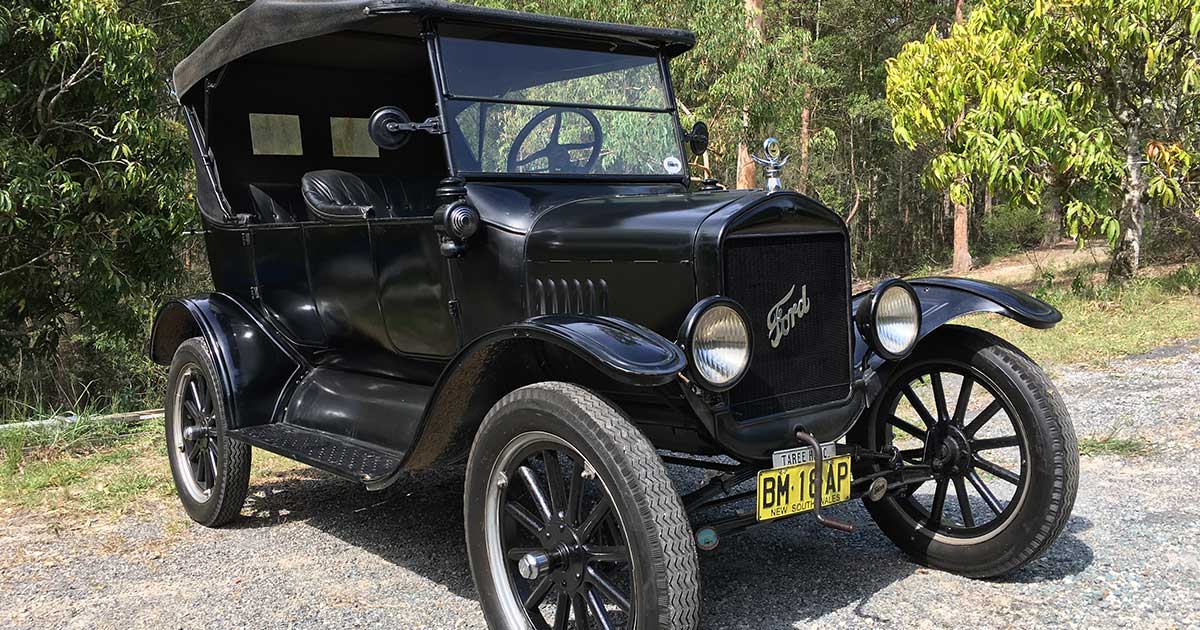
The design of the Model T featured an enclosed engine and transmission, with four cylinders cast in a solid block, and a suspension utilizing two semi-elliptical springs. The car was designed by a team of three engineers: Joseph A. Galamb, Eugene Farkas, and C. Harold Wills (whom Ford had teamed up with earlier).
Known for its simplicity in driving and cost-effective maintenance, the car gained immense popularity. Priced at $825 in 1908 (equivalent to $27,656 in 2024), the Model T was more affordable than other cars in the American market. So, by the 1920s, a significant number of American drivers had learned to drive this vehicle.
The relative affordability of the Ford Model T was, in part, attributed to Ford’s efficient manufacturing methods, which involved assembly line production rather than individual handcrafting.

Ford’s assembly line, installed in 1913 at the company’s Highland Park plant, marked a significant departure from traditional manufacturing methods. Instead of craftsmen building entire cars, the assembly line divided the production process into smaller tasks performed by specialized workers. This not only increased efficiency but also significantly lowered the cost of production.
The concept of an assembly line was simple but transformative. Cars moved along a conveyor belt, and workers stationed along the line focused on specific tasks, such as fixing doors or installing engines.
This streamlined process allowed Ford to produce cars at a much faster rate than ever before in the automotive industry. With the introduction of the assembly line, the time to manufacture one Model T car was reduced to 93 minutes from 12.5 hours.
Not only did the assembly line revolutionize automobile manufacturing, but it also set a precedent for efficient and cost-effective production methods for other industries to follow. Ford’s innovative approach forever changed the landscape of manufacturing, leaving an indelible mark on the history of manufacturing.
What made Henry Ford special was that he was not only interested in manufacturing cars. He also wanted to make people’s lives better. On 5th January 1914, Ford introduced a groundbreaking policy, announcing to the world that Ford Motor Company was set to double its workers’ wages to five dollars a day. In 1926 the company also implemented a shorter workweek. Originally conceived in 1922 as six 8-hour days, totaling a 48-hour week, the plan changed in 1926. The revised workweek was officially announced as five 8-hour days, resulting in a 40-hour workweek. Saturday, which was initially considered a workday, evolved into a day off. On 1st May 1926 Ford Motor Company’s factory workers embraced the shift to a five-day workweek, and the office workers followed suit in August of the same year.
The Ford Airplane Company
During World War I, Ford was pushed into the aviation industry by the US government, and made to manufacture Liberty aircraft engines. Later, in 1925, Ford acquired the Stout Metal Airplane Company.
One of Ford’s notable achievements in aviation was the development of the Ford 4AT Trimotor, affectionately known as the ’Tin Goose’ due to its distinctive corrugated metal construction. This aircraft featured an innovative alloy called ‘alclad’, blending aluminum’s corrosion resistance with the strength of duralumin.
The Trimotor flew its inaugural flight on 11th June 1926.
Beyond civilian use, various Trimotor models found use in the U.S. Army. After building 199 Trimotors, production ceased in 1933 as the Ford Airplane Division succumbed to the travails of the Great Depression.
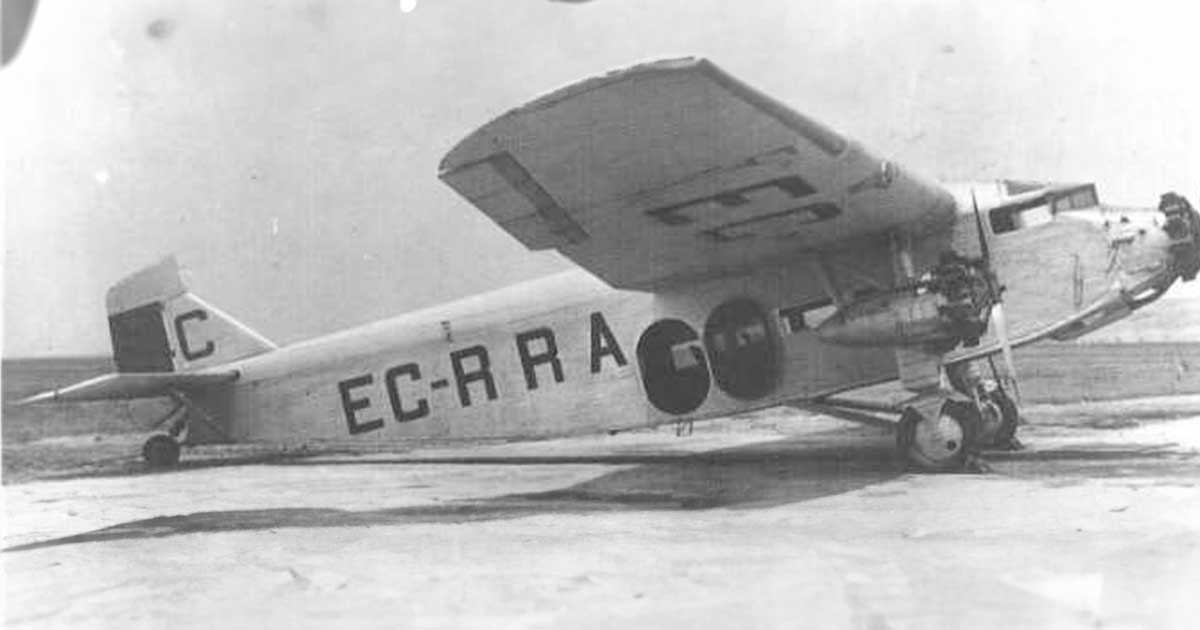
Ford Model A and Ford V8
In 1926, facing declining sales of the Model T, Henry Ford decided to build a new model. While Ford took a keen interest in the engine, chassis, and other mechanical aspects, he delegated the body design responsibility to his son, Edsel Ford, who had been appointed president of Ford Motors in 1919.
Henry Ford thought of himself as an engineering genius. But his formal training in mechanical engineering was limited; so he decided to hire a team of engineers to re-design one of the earliest Ford cars, the Model A. The team, under the close supervision of Henry and Edsel Ford, created a new Ford Model A, unveiled in December 1927 and produced until 1931. Ford Motors manufactured more than 4 million Ford Model A cars during this time.

In a significant turn in 1932, Ford introduced the Model 18, which contained the flathead Ford V8 engine, a groundbreaking low-priced eight-cylinder engine. The concept of the V8 engine stemmed from a series of secret projects initiated in 1930.
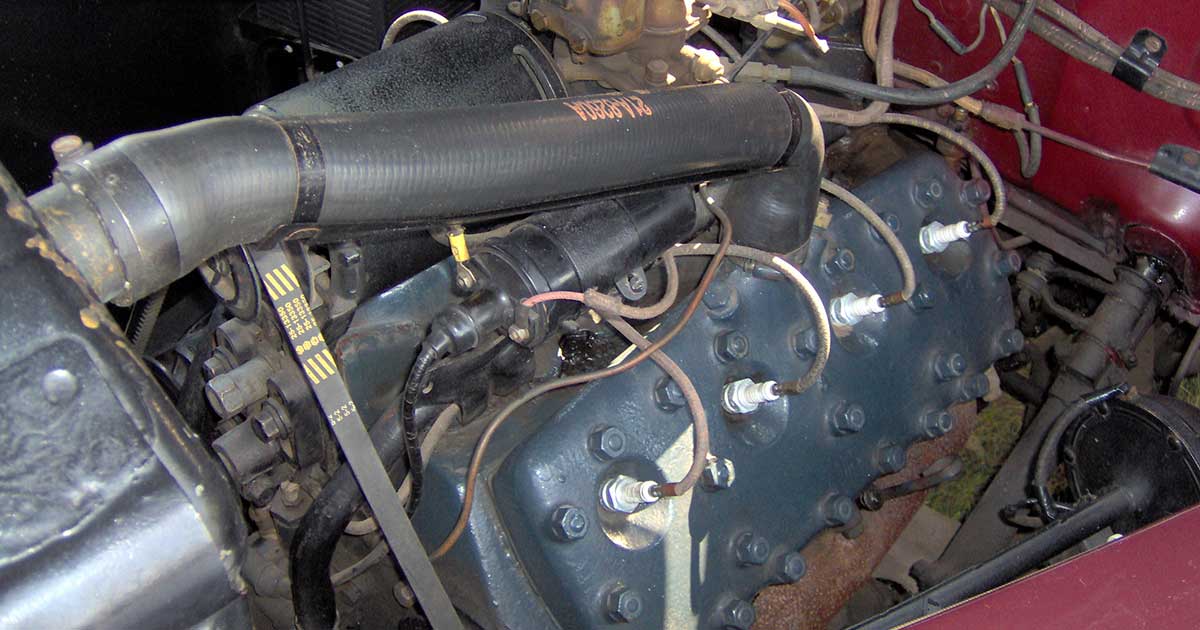
The Ford V8, despite the V8 engine being invented much earlier (in 1902), stands out as a market pioneer. It brought the affordability of an 8-cylinder and a V engine to the emerging mass-market consumer for the first time. This marked Ford’s first independently designed and built V8 engine for mass production, standing as one of the company’s pivotal developments.
Interesting fact: On 13th April 1934, Henry Ford received fan mail from infamous criminal duo, Bonnie and Clyde, complimenting him for the "dandy cars" he made. Clyde further stated in the letter that the Ford V-8 engine car was very useful to him as a get-away vehicle.
Ford Motors and World War II
Ford strongly opposed the United States’ involvement in World War II, maintaining that international business could prevent conflicts and promote prosperity. He attributed war to the greed of financiers seeking profit through human destruction, often mentioning ‘financiers’ to mean ‘Jews’, accusing them of orchestrating both World Wars.
In 1939, Ford even suggested a conspiracy behind the torpedoing of U.S. merchant ships by German submarines, implicating financier war-makers. Nevertheless, Ford continued business dealings with Nazi Germany, producing war material for Hitler’s armed forces. Simultaneously, he agreed to manufacture warplane engines for the British government, boasting about Ford Motor Company’s potential to produce 1,000 U.S. warplanes daily, although it lacked an aircraft production facility at the time.
Henry Ford also played a role in the America First Committee against U.S. involvement in World War II, but his controversial stance led to his resignation from its executive board.
Ford had initially agreed to assist Rolls-Royce by becoming an additional source for the Merlin engine, used in Spitfire and Hurricane fighter planes, but later withdrew. It was only after the U.S. entered the war in December 1941 that Ford aligned with the war effort, marking a shift in his position.
Ford’s detailed involvement in the war will be more thoroughly explained in the next part of this series.
Henry Ford legacy
Henry Ford is one of the most crucial figures to have played a part in the history of the automobile industry. Some of his innovations are still in use today. Ford Motor Company is a source of American pride, and it has been for the past 120 years, but the story of Ford and its part in the automobile industry didn’t end after World War II. In fact, in the second half of the 20th century, Ford Motor Company made many more technological innovations. The company saw its fair share of highs and lows. These topics will be explored in the next part of this series, ‘The road to automobile innovation: Ford beyond the 1940s’.



